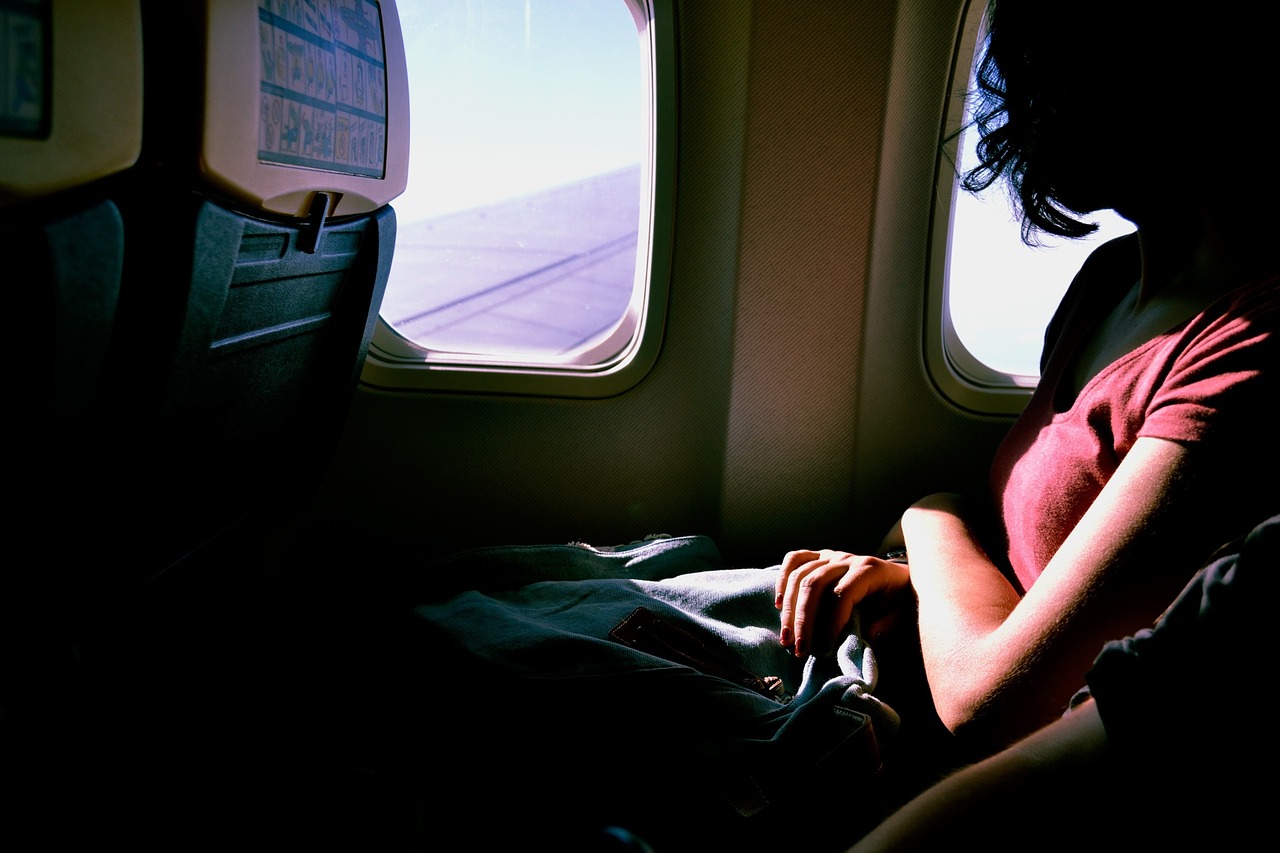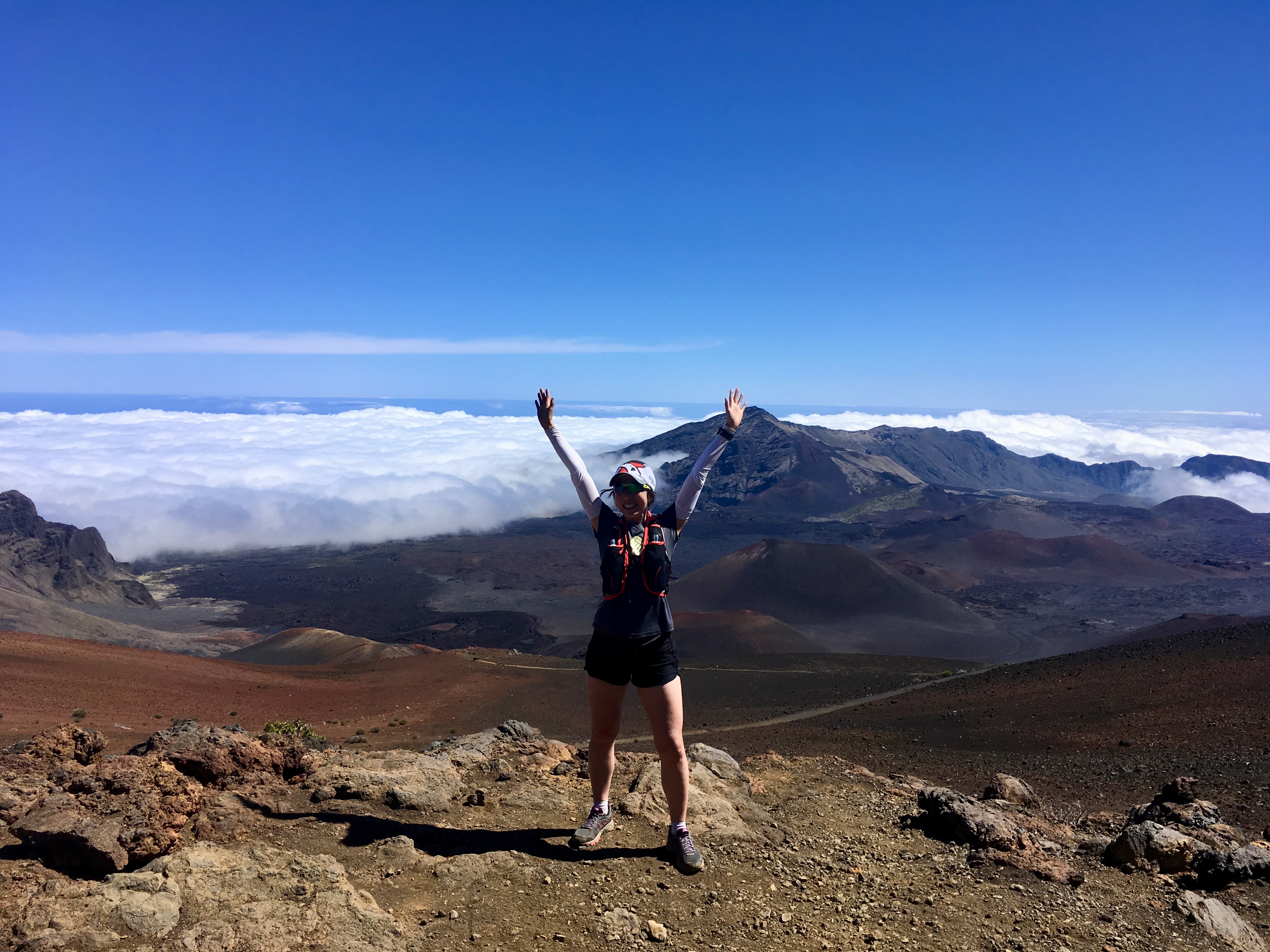Food Allergies | Illness | Autoimmune Disease | Travel

Successful travel, whether a road trip or a flight, requires thoughtful planning. Make your next trip a success by creating a prep list of essentials and planning ahead. Pixabay photo.
You and your luggage have arrived at your budget hotel on the other side of the country. You planned well for your trip from home to your destination, with your allergen-free foods, dehydrated snacks, and plenty of fluids. You remembered to wipe down the tray table on the plane, you said “no” to all the interesting snacks and airline meals that rolled down the aisle. All your seat mates greedily accepted your complimentary deluxe snacks and alcoholic drinks.
Three days later, you are talking a walk with your relatives, who have gathered for the new addition to the family, taking in the unique natural beauty of the area, and chatting up a story storm. As you lift your camera to frame an extraordinary photo, it happens.
Your tummy starts rumbling. Or, you notice a rash forming on your cheeks, neck, and chest. A migraine starts to threaten the day. A feeling of panic, combined with resentment and, “Why me?” wells up from down below. The nearest Honey Bucket is a couple of miles away; a bush will have to do. Good thing you packed some wipes and Kleenex; your nose will survive with a few snot rockets and a wipe of your sleeve. The rash is looking red and angry.
But the problem is that you are far away from your car, medical help, or an urgent care facility. How well you planned for this trip and your life’s emergencies determines how immediately you can respond. As you retrace the last few days to understand why this event is happening to you, it may do you little good in the moment.
I want to talk to you about illness and managing the effects of your disease and/or food allergies and intolerances on the road, as this part of managing the lifestyle that comes with your desire to not be housebound. There are preparations you can make to help you better manage these emergencies, which can quickly turn an ordinary trip into a health disaster.
Gauge Your Ability and Energy Levels
I define a road trip and travel to be anything that takes you out of your home and away from it long enough to make a difference to how you care for yourself.
For some of you, a road trip could be comprised of a commute of 45 minutes or more one way, with time at the destination with its activities, and a return commute back home. Someone with MS, for example, may find that a traffic jam can greatly interfere with comfort and muscle function if one has to step off and on the gas for a long period of time. For others, a longer road trip or airplane travel constitutes a more complex response to the rigors of traveling.
Certainly, the more remote your travel plans are from centers of healthcare, rest stops, or access to your own set of interventions (i.e. medications, rest, shelter, food, toilet) makes a big difference in your health outcomes. No matter what the destination, it’s a good idea to gauge your ability to handle the travel itself as well as your energy levels and bodily needs during that travel time.
In your planning, you may need to add extra time for rest stops, stretch stops, and check-ins with your other traveling companions. You might need a buffer in time for a quick nap, a sit-down meal, or brief respite from carrying extra weight.
After a gluten incident, my joints were achy for a couple of weeks. I found that I could not carry much weight in the form of a backpack. For awhile, I gauged my energy levels and abilities lower than normal, and tried to work around my travel obligations so that I wasn’t bearing weight on my shoulders for long periods of time. I also made myself sit down every twenty minutes, as my knee joints ached. I also gave myself extra sleep each evening.
Carry Your Essentials
Backpackers and climbers aren’t the only people who need to pack a kit of essential items. People with Autoimmune Disease, chronic illnesses, food allergies, insect sting reactivity, and fragile skin should think through what items they should carry and store with them during travel.
Just like the Mountaineers have a ten essentials Classic List and a Systems List,, you should create your own list and have these items on you at all times
(1) map — could be in the form of your phone with GPS of your destination, which you can also use to navigate to the closest urgent care or hospital at your destination.
(2) compass — same as above. Not needed for urban settings.
(3). sunglasses and sunscreen — some of the medications we’re on make us sensitive to the sun. Bring an appropriate level sunblock, sun protective clothing, hat or visor.
(4) extra clothing – protection against heat and cold (anyone with Raynaud’s can tell you that keeping warm in an unexpected storm is an essential). I pack a pair of white reflective sleeves to protect myself from overheating.
(5) headlamp/flashlight — for hiking and camping, a necessity
(6) first aid supplies — Epi pens, Benadryl, asthma inhalers, medications, anti-diarrheal medication, medication for pain or inflammation, etc.
(7) firestarter, (8) matches, (9) knife — for hiking and camping
(10) extra food — absolutely essential for anyone with serious food allergies and intolerances, and a medically-necessary diet. I tuck a couple of meat bars or beef jerky in my purse or day pack, even to commute into my own city.
In the Systems approach, you add more food, water, and shelter. Translating to modern urban settings, you can think along more simple lines: what is a lightweight item you could carry that would make you more comfortable? An example of this would be a large clear plastic garbage bag. If needed, you could sit on it anywhere to take a rest, or you could use it to provide shelter from the rain and bone-chilling wind.
Preparation and Organization Is The Key
While traveling away from home for any reason, whether it be business, visiting family or friends, or destination/vacation travel can be both fun and still very stressful. From my brief survey of what others with food allergies and Autoimmune Disease do when they need to travel (or if they are a parent of children with these conditions), they are say the same thing: preparation and organization are key ingredients to a successful trip.
Boarding a plane, train, or public transit bus or car:
- Have wipes available to clean tray tables and shared surfaces. If you can get pre-boarding on your flight or train, ask for permission to inspect and wipe down the area before being seated or seating your food allergic kids.
- Assume that any food served has the potential to be unsafe, and pack additional foods such as meat bars, dehydrated fruits and vegetables, jerky, or your favorite meal replacement bars that you have vetted. Anything that is dried/dehydrated can be brought on a plane or train without question.
- Pack a few pairs of nitrile gloves in your day pack. They come in handy for cleaning up after your neighbor’s crumbs.
- Ask anyone seated nearby to refrain from eating foods that you are severely sensitive to, such as nuts and peanuts. You’d be surprised — most people are willing to oblige if they were alerted to your need. I find that if I have a yummy treat to share, they are willing to refrain from eating that dry but nut-filled piece of biscotti!
- Keep your asthma inhaler, Epi-pens, medications, and wipes in a zip pouch with you at all times, and not buried inside of your carry-on luggage in the overhead bin. You want those wipes available when you need them, not when it’s convenient for someone else to get out of their seat to let you access your bag. If you pack carefully, that pouch should be able to fit in the front pocket of the seat in front of you. If you are traveling by train and have a berth compartment, there are a couple of pockets that can easily hold a mid-size pouch. My favorite is made by eBags, a toiletry kit with multiple pockets.
Organized Activities (Day Cruise, day tour by shuttle, adventure walk, etc)
- Disclose to the organization that you have severe reactions to certain foods.
- Assign someone you know to be in charge of your medications in case you become unable to act on your behalf. I will bring my Epi pen trainer with me, and teach a friend how to use it, so they won’t be scared if it comes down to a real emergency. I then place all my emergencies one well marked case (I have a pink waterproof soft lunch pail with extra food, my Epi pens, and emergency medications).
- Have your ten essentials, and carry extra food, water, and your own utensils. I can’t tell you how many times I have turned a spoon over at a restaurant, even to eat my own food, and find a piece of cereal baked onto it from the dishwasher during the “dry” cycle. I have a mini mess kit that I like to use, which contains a spoon fork in stainless steel, a large soup spoon, and a pair of metal chopsticks. The alternative is to ask for a plastic “to-go” fork, spoon, and knife set.
What About Adventure Traveling and Race-Cations?
While the number of people who actually have serious medical conditions and still do adventure travel and “race-cations” (vacations that involve an athletic race or rigorous event, such as cycling) is small, it is growing. I have read numerous stories of people with Type I Diabetes, MS, Rheumatoid Arthritis, IBD/IBS, Lyme Disease, and Celiac Disease become high performance athletes across a variety of sports and distances. They are active, and traveling for the things they love to do.
Part of the reason this group is growing is because we have better treatments, people are living longer and with more function with their diseases, and we’ve come up with more technology to support people with a variety of levels of disability and function to participate in activities that were once out of their reach.
While this is certainly not the level of activity for everyone, there is an increase in the numbers of people who are attempting to do more that they ever thought they could.
To those like myself who do endeavor to travel and to be more active during their travels, I add the following:
- Train appropriately. If you can, hire someone who can help you get into the condition you need to be to endure the rigors of your activity in the conditions you will be in.
- Purchase travel medical insurance if you are going out of the country, and/or if you will be engaging in activities that involve more risk of harm.
- Visit your doctor and plan for refilling your medications and making sure you have more than enough for your travel time. You may want to update any blood work and lab findings that you may have put off.
- If you have the means to prepare your own foods instead of relying on restaurants, take the time to pack those items, or know where you can buy them at your destination. I have begun traveling with a Magic Bullet blender and a can of coconut milk. It’s amazing what you can make with it and a microwave. For camping, a JetBoil is awesome.
- If your destination is another country where your language is not their primary language, do have your medical condition translated into their language on a card, as well as any foods you cannot eat. This comes in handy when it comes time to eat out. If you don’t feel confident making your own cards, you may be able to find your card here.
Poopy Pants Doom

Where will your travels take you? Whether it’s a long commute to the other side of the city or state, or a long flight to a destination, preparing for illness while being on the road is essential. Photo credit K. Meik, shot on her iPhone. (Feb 2017)
They told me it would happen.
It would happen because it happens to all runners, if they run long enough. Sometime, somewhere, despite all the care I apply to myself, I would someday need to either take a dump in the woods, or I would have the experience of shitting my pants without even knowing it or being able to control it. Loss of bowel control during running is about as common as getting bad blisters. It comes with the territory.
I’m actually quite surprised that on my fifth year of training for triathlon and running, it only occurred very recently. While running the Haleakala Crater in Maui, I noticed a light brown smudge on my inner thigh. There was no pain, no tummy grumble, and no sign of GI distress.
I thought it was dirt. So at the only outhouse stop on the near 13 mile run and hike, I was quite shocked to find out that I had indeed shat my pants. I also discovered I am intolerant to beets, which is what I had for dinner the two night’s before, just in small quantities. Needless to say, I have eliminated beets from my diet! But they caused mild diarrhea, and the jostling that running has on the guts made that diarrhea trickle out as my guts gave up on processing those beets in any respectable fashion.
I am certainly not the first. The Ms. Poopy Pants Award goes to multiple Ironman Kona finishers before me, who crawled across the finish line with a dark smear of poo on their butts (in one case, white bikini bottoms). Mikael Ekvall, a prominent long distance runner, has his image of a grimacing face forever enshrined on the Internet as he runs for second place while covered in his own excrement. Shit happens, people. We have bodies with bowels. Sometimes, they fail.
To me, poopy pants are not the worst thing that can happen to me. The worst thing that can happen to me now is for me to give up doing the things I love because I’m afraid I’m going to shit my pants involuntarily. The worst thing I can do is cower in fear at home, wondering what other people would think of me if I lost bowel control during a race. This is not a reason to quit (unless I was too sick to finish).
So in that outhouse, I took out a wet wipe, cleaned myself up, took an extra tablet of electrolytes, made certain I was hydrated, and then dialed back the intensity of my running. Slow works for me. Taking care of myself works for me too.
I completed the three-mile hike out of the valley up the side of the crater, watching the valley disappear and shrink away into the clouds below. By the time we reached the van waiting for us, the diarrhea had stopped on its own, and I felt fine. I made certain to eat some easily digestible foods, added fiber and fermented food to my dinner that evening, and replaced my fluids.
Look people. We have bodies. Sometimes they work really well; other times, not so much. Each one of us is on a journey of discovery as to what we love, what we want, and what our bodies can handle.
Illness can happen while traveling, and it can be vicious and frightening at the speed in which our bodies can fall apart. At the same time, we have places to go, people to love, and experiences to share that can’t all be met in the confines of our homes.
For every time I have received a hurtful comment about why I choose the activities and the travels that I do, I have also caught the knowing gleam in the eye of those who have come to the same conclusions that I have:
I get to do these things. I get to swim in the ocean and hear whales. I get to cycle hills in rainstorms and sunshine, heat and hail. I get to run in the early morning, in the blazing sun, in the middle of the night, above the clouds or below in the bottom of crater. No one put a gun to my head and told me to do these things; I chose them. It’s my choice.
So to you, my Hungry Minions who have places to go, safe journey to you, and success to your next travel experience. Please share any additional tips you have found that help, and I’ll publish them in the comments.
And as always, let’s keep making food fun again.




